Table of Contents
Picture this: you’ve just pulled what looks like the perfect espresso shot. The liquid flows like honey, the aroma fills your kitchen, and there it is—that gorgeous golden layer floating on top. But is that crema actually telling you something important about your coffee, or is it just pretty foam?
I used to think crema was purely aesthetic until I learned it’s actually your espresso’s way of talking to you. That beautiful layer holds secrets about your grind size, extraction time, bean freshness, and so much more. Understanding what your crema is saying can transform you from someone who makes coffee into someone who crafts exceptional espresso shots.
Today, we’re diving deep into the fascinating world of espresso crema explained—the science behind it, what different types of crema reveal about your shot quality, and how you can use this knowledge to consistently pull café-quality espresso at home.
Key Takeaways
- Crema is created by CO2 gas trapped in coffee oils during extraction, forming a natural foam that indicates bean freshness and proper brewing technique
- Golden-brown, thick crema typically signals a well-extracted shot, while thin, pale, or dark crema often points to specific brewing problems
- Fresh beans (2-14 days post-roast) produce the best crema, as older beans lose the CO2 necessary for proper foam formation
- Grind size, extraction time, and water temperature all directly impact crema quality, making it an excellent diagnostic tool for shot improvement
- While crema enhances mouthfeel and aroma, great espresso can exist with minimal crema—it’s one indicator among many, not the ultimate judge of quality
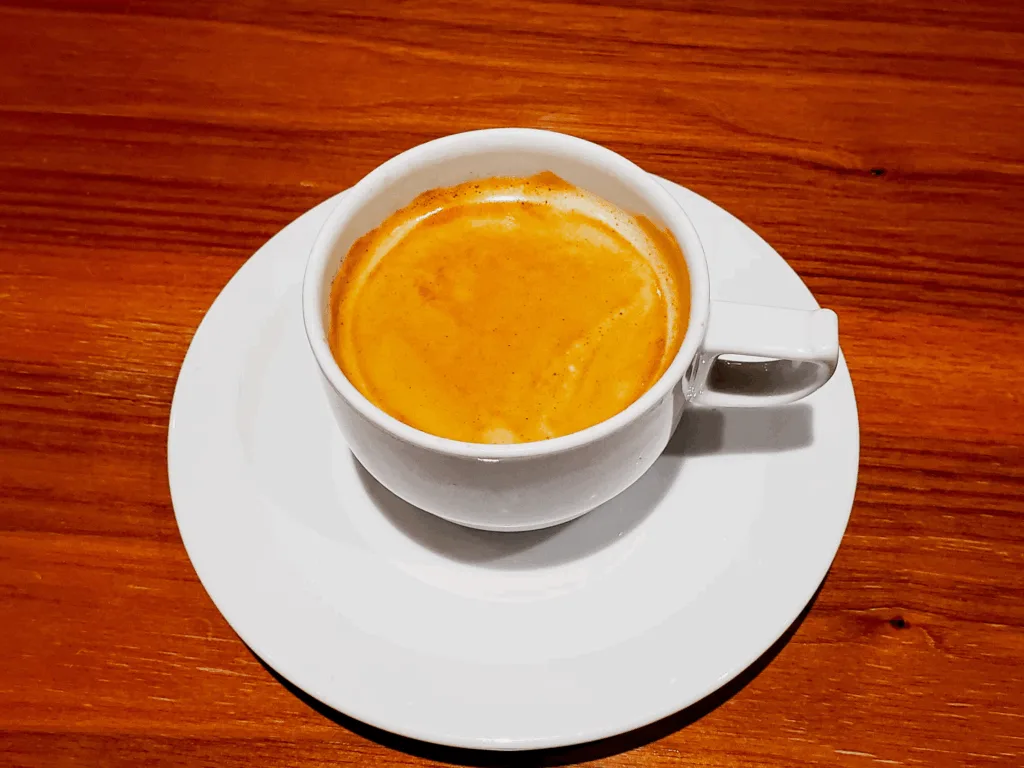
What Exactly Is Espresso Crema?
Let’s start with the basics. Crema is essentially a foam made of coffee oils, proteins, and carbon dioxide gas that forms naturally during espresso extraction. When hot water passes through finely ground coffee at high pressure (typically 9 bars), it forces CO2 out of the coffee particles and emulsifies the oils, creating that signature golden layer.
Think of it like the foam on a perfectly poured beer—it’s not just decoration. The crema serves as a protective cap that helps preserve the espresso’s volatile aromatic compounds, keeping your shot flavorful from the first sip to the last.
The Chemistry Behind Crema Formation
During the roasting process, coffee beans develop internal pressure from CO2 gas. This gas gets trapped inside the cellular structure of the bean and slowly escapes over time (which is why coffee goes stale). When you grind fresh beans and extract espresso, the high-pressure brewing process rapidly releases this trapped CO2.
The magic happens when three elements combine:
- CO2 gas (from fresh beans)
- Coffee oils (extracted under pressure)
- Proteins and sugars (that act as stabilizers)
The result? That beautiful, persistent foam we call crema. But here’s where it gets interesting—the quality and appearance of your crema can tell you exactly how well your extraction went.
As noted by Barista Hustle, espresso crema forms when CO2 and coffee oils emulsify under high pressure, creating a stable foam that reflects freshness and proper extraction.
Decoding Your Crema: What Different Types Mean
Not all crema is created equal. I’ve learned to read crema like a barista’s crystal ball, and once you know what to look for, you’ll never pull a shot the same way again.
The Perfect Crema: Golden and Thick
What it looks like: Rich golden-brown color, about 3-4mm thick, with a smooth, even surface that holds together for several minutes.
What it tells you: You’ve nailed the fundamentals. Your beans are fresh (likely 2-14 days post-roast), your grind size is dialed in, and your extraction time is in the sweet spot of 25-30 seconds.
Pale, Thin Crema: The Under-Extraction Signal
What it looks like: Light tan or beige color, thin layer that dissipates quickly, often with large bubbles.
What went wrong: This usually screams under-extraction. Your grind might be too coarse, your shot pulled too fast, or your water temperature too low. Sometimes it’s simply old beans that have lost their CO2.
Quick fix: Try a finer grind or check your brewing equipment to ensure proper temperature and pressure.
Dark, Thick Crema: The Over-Extraction Warning
What it looks like: Dark brown or almost black crema, often very thick but with a bitter edge to the taste.
What went wrong: Over-extraction is the culprit here. Your grind is likely too fine, causing water to pass through too slowly and extract bitter compounds along with the good stuff.
Quick fix: Coarsen your grind slightly and aim for a faster extraction time.
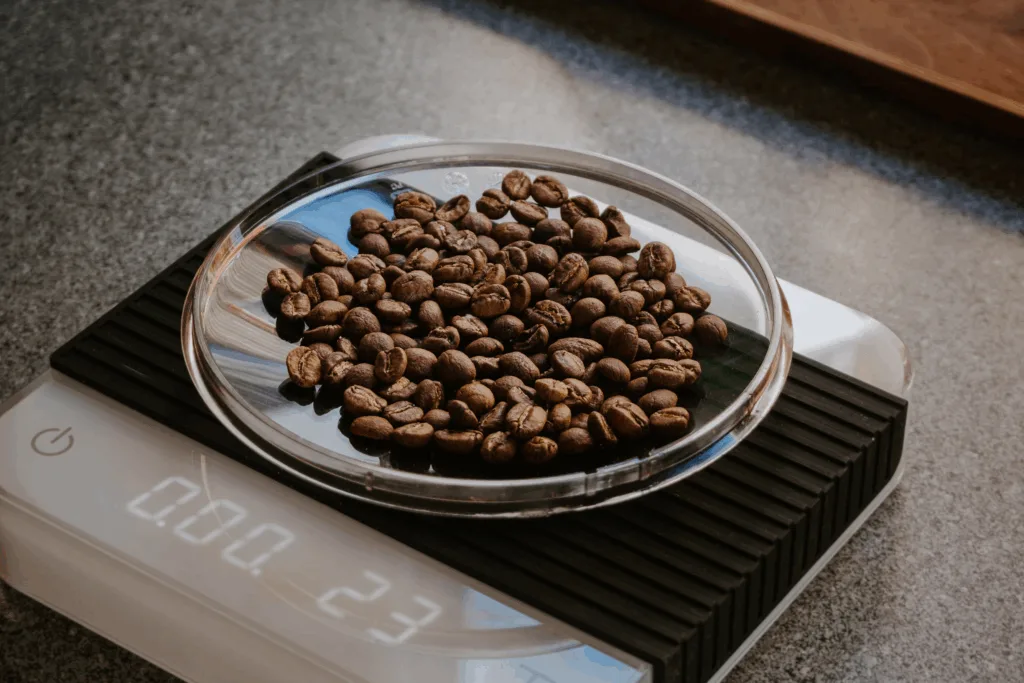
Blotchy or Uneven Crema: Distribution Issues
What it looks like: Patchy areas of different colors, or crema that’s thick in some spots and thin in others.
What went wrong: Uneven distribution of coffee grounds in your portafilter, leading to channeling where water finds the path of least resistance.
Quick fix: Focus on your distribution technique—level and tamp more evenly, or consider upgrading your coffee preparation tools.
The Role of Bean Freshness in Crema Quality
Here’s something that completely changed how I buy coffee: crema quality is directly tied to bean freshness, but not in the way most people think.
The Freshness Sweet Spot
Contrary to popular belief, beans that are too fresh (0-2 days post-roast) actually produce poor crema. They’re still actively degassing, which can lead to overly thick, unstable foam that tastes flat. The magic happens in that 2-14 day window after roasting.
During this period:
- CO2 levels stabilize at optimal amounts
- Flavors develop and mellow
- Oils integrate properly with the bean structure
When Beans Get Too Old
After about 3-4 weeks, you’ll notice your crema becoming increasingly pale and thin. The beans have lost most of their CO2, and no amount of technique adjustment will bring back that golden foam. This is your coffee’s way of telling you it’s time to order fresh beans.
Pro tip: Always check the roast date, not the “best by” date. If you can’t find a roast date, that’s usually a red flag that the beans aren’t fresh enough for quality espresso.
How Brewing Variables Affect Your Crema
Understanding espresso crema explained means recognizing how every brewing variable impacts that final layer. Let me break down the key factors:
Grind Size: The Foundation of Good Crema
| Grind Size | Crema Result | Extraction Impact |
|---|---|---|
| Too Fine | Dark, thick, bitter | Over-extraction |
| Just Right | Golden, 3-4mm thick | Balanced extraction |
| Too Coarse | Pale, thin, sour | Under-extraction |
My rule of thumb: Start with a grind that looks like fine table salt, then adjust based on your crema feedback.
Water Temperature: The Goldilocks Zone
Water that’s too hot (above 205°F) will over-extract and create dark, bitter crema. Too cool (below 195°F) and you’ll get pale, weak foam. The sweet spot is 200-204°F for most beans.
Extraction Time: Timing Is Everything
A proper espresso shot should take 25-30 seconds to extract about 2 oz of liquid. Faster shots typically produce pale crema (under-extraction), while slower shots create dark crema (over-extraction).
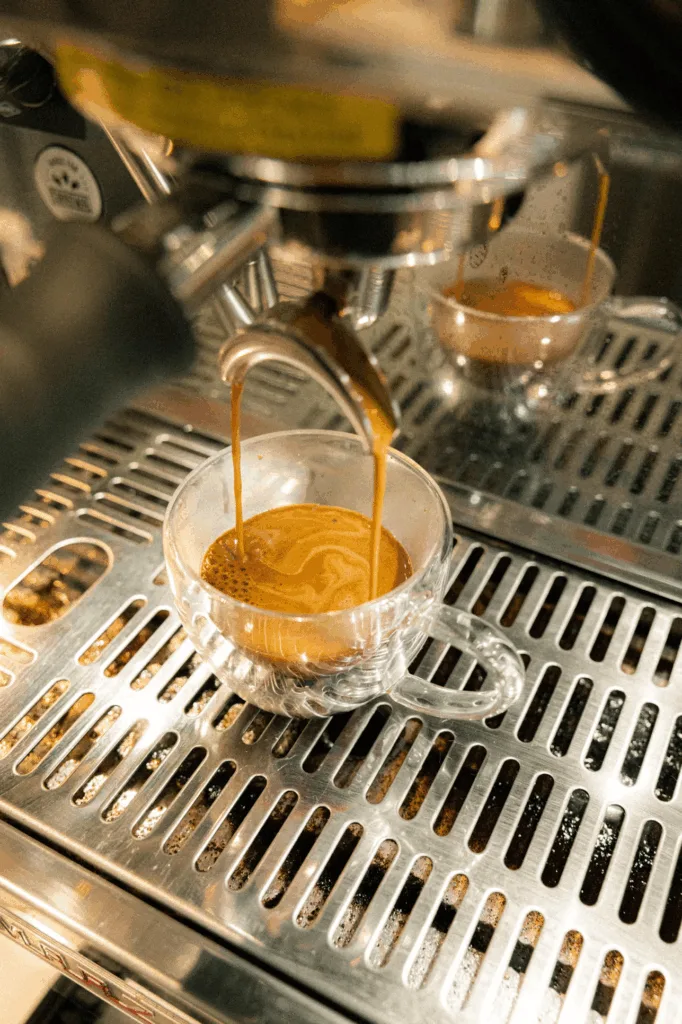
Troubleshooting Your Crema Problems
Based on my experience helping home baristas improve their shots, here are the most common crema issues and their solutions:
Problem: No Crema at All
Likely causes:
- Beans are too old (over 4 weeks)
- Water temperature too low
- Insufficient pressure from machine
- Pre-ground coffee (loses CO2 quickly)
Solutions:
- Buy fresh, whole beans with a recent roast date
- Check your machine’s brewing temperature
- Ensure proper maintenance of your espresso machine
- Always grind beans just before brewing
Problem: Crema Disappears Immediately
Likely causes:
- Severe under-extraction
- Extremely old beans
- Grind too coarse
- Shot pulled too fast
Solutions:
- Tighten your grind significantly
- Check bean freshness
- Slow down extraction time
- Increase dose slightly
Problem: Bitter, Dark Crema
Likely causes:
- Over-extraction
- Grind too fine
- Water too hot
- Excessive dose
Solutions:
- Coarsen grind slightly
- Lower water temperature to 200-202°F
- Reduce dose by 1-2 grams
- Speed up extraction time
For more detailed troubleshooting guidance, check out our comprehensive FAQ section where we cover common espresso challenges.
According to insights from Home-Barista, issues like weak crema or fast-disappearing foam often trace back to stale beans or uneven grind consistency.
Regional and Roast Variations in Crema
Different coffee origins and roast levels produce distinctly different crema characteristics. Understanding these variations helps set realistic expectations:
Single-Origin Variations
- Ethiopian beans: Often produce lighter, less persistent crema but incredible floral aromatics
- Brazilian beans: Typically create rich, thick crema with nutty, chocolatey notes
- Colombian beans: Usually offer balanced crema with bright acidity coming through
Roast Level Impact
- Light roasts: Less crema overall, but what forms tends to be more acidic and complex
- Medium roasts: The sweet spot for balanced crema and flavor
- Dark roasts: Maximum crema production, but potentially at the expense of origin character
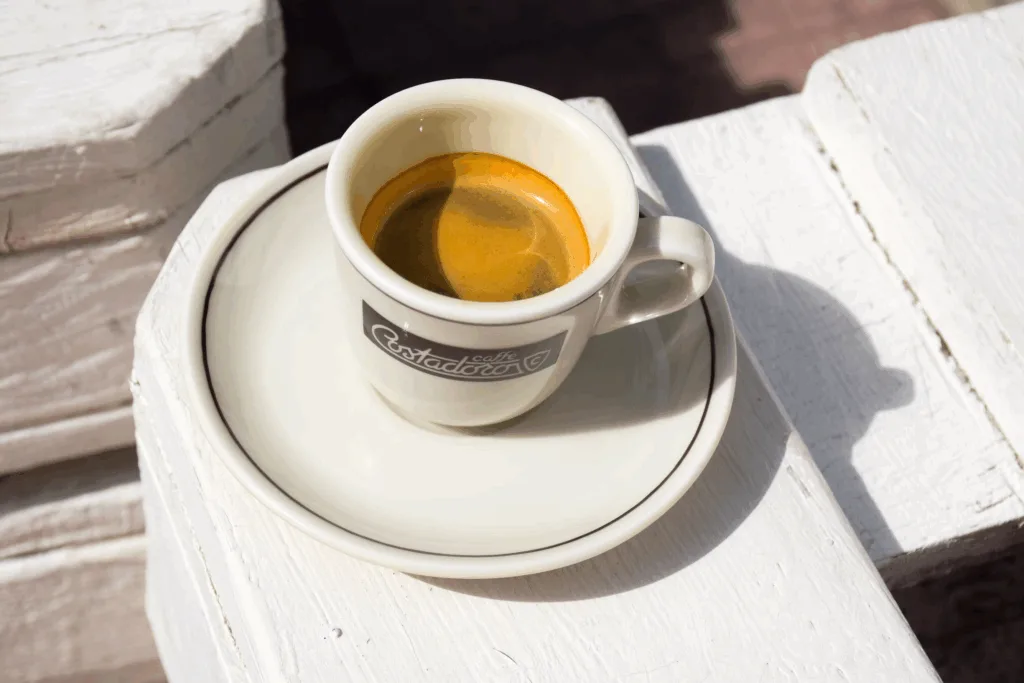
Equipment Considerations for Optimal Crema
Your equipment plays a crucial role in crema formation. Here’s what matters most:
Espresso Machine Pressure
Proper 9-bar pressure is essential for good crema formation. If your machine can’t maintain consistent pressure, you’ll struggle to get quality foam regardless of your technique.
Grinder Quality
A consistent, uniform grind is crucial. Blade grinders or low-quality burr grinders produce uneven particles that lead to channeling and poor crema formation.
Water Quality
Filtered water with proper mineral content (150-300 ppm TDS) helps with both extraction and crema stability. Too soft or too hard water can negatively impact foam formation.
For equipment recommendations and comparisons, visit our product comparison page to find gear that fits your budget and brewing goals.
Conclusion
Understanding espresso crema explained transforms you from someone who simply makes coffee into someone who truly crafts espresso. That golden layer isn’t just beautiful—it’s your shot’s way of communicating everything from bean freshness to extraction quality.
Remember, perfect crema comes from the harmony of multiple factors: fresh beans in that 2-14 day sweet spot, proper grind size, correct water temperature, and consistent technique. When something’s off, your crema will tell you exactly what needs attention.
Your next steps are simple:
- Check your bean roast dates and ensure you’re working with fresh coffee
- Pay attention to your crema’s color and thickness during your next few shots
- Make small, systematic adjustments based on what your crema is telling you
- Document your results to build your personal espresso knowledge base
The journey to consistently excellent espresso isn’t about achieving perfection overnight—it’s about understanding the science behind each shot and using that knowledge to gradually improve. Your crema is one of the most reliable guides on that journey.
Start paying attention to what your espresso is telling you through its crema, and you’ll be amazed at how quickly your shots improve. After all, every café-quality espresso starts with understanding the fundamentals, and crema is one of the most important fundamentals of all.
FAQs – Espresso Crema
What is espresso crema?
Espresso crema is the golden foam that forms on top of a properly extracted shot. It’s made of coffee oils, proteins, and CO₂ gas released under pressure. Good crema indicates fresh beans, correct grind size, and balanced extraction—key signs of a well-brewed espresso.
Does crema mean my espresso is good?
Not always. While rich, golden crema often signals proper extraction, it’s not the only quality marker. Some excellent light-roast espressos produce little crema, yet taste amazing. Crema is best viewed as one diagnostic tool among many for evaluating espresso quality.
Why doesn’t my espresso have crema?
Lack of crema usually means your coffee beans are stale, your grind is too coarse, or your machine isn’t reaching full pressure. Espresso crema requires fresh beans (within 2–14 days of roasting), fine grind consistency, and proper 9-bar extraction pressure.
How long should espresso crema last?
A good crema typically lasts 2–4 minutes before naturally dissipating. If it disappears immediately, your shot was likely under-extracted. If it stays too long or looks dark and heavy, over-extraction or stale beans might be to blame.
Can you have great espresso without crema?
Yes. Crema enhances aroma and mouthfeel, but it’s not mandatory for flavor. Certain single-origin or light roasts produce minimal crema while delivering exceptional taste. Focus on balance, sweetness, and texture—not just the foam on top.


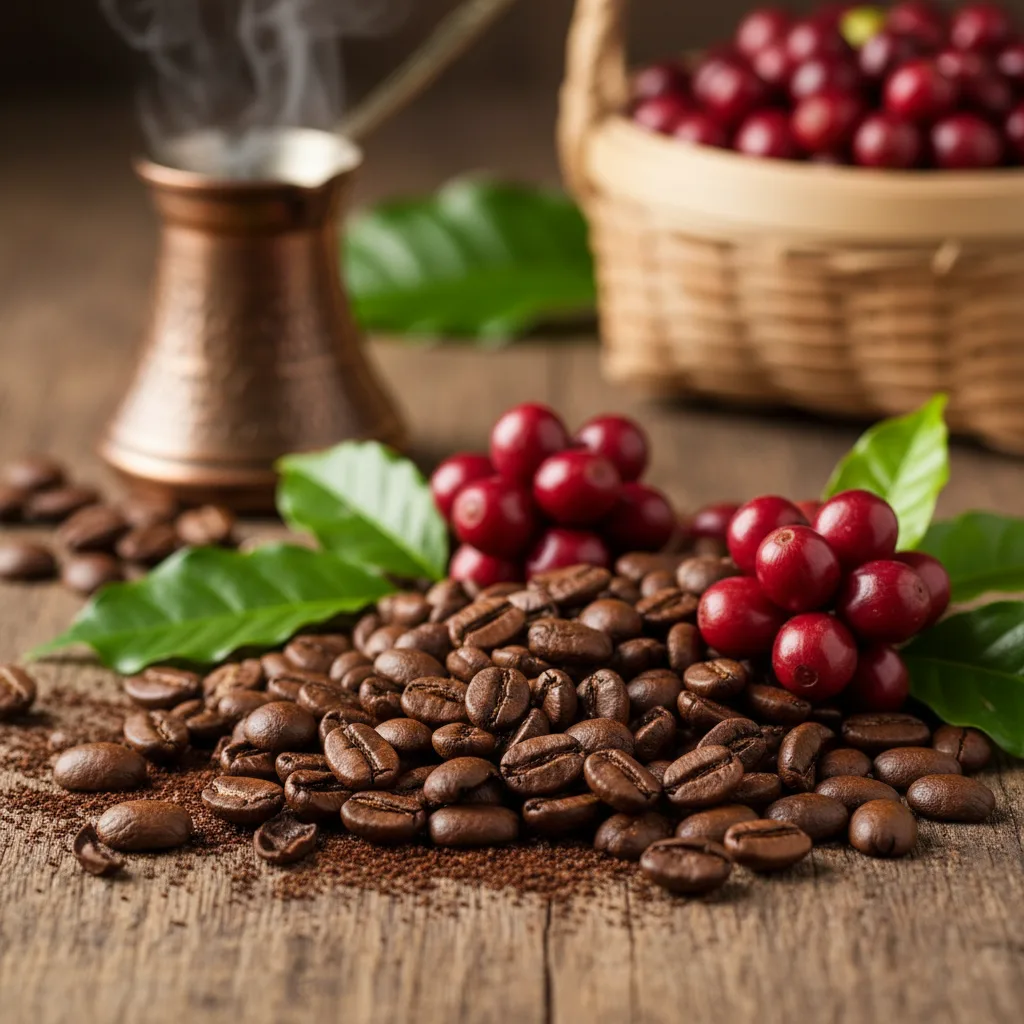
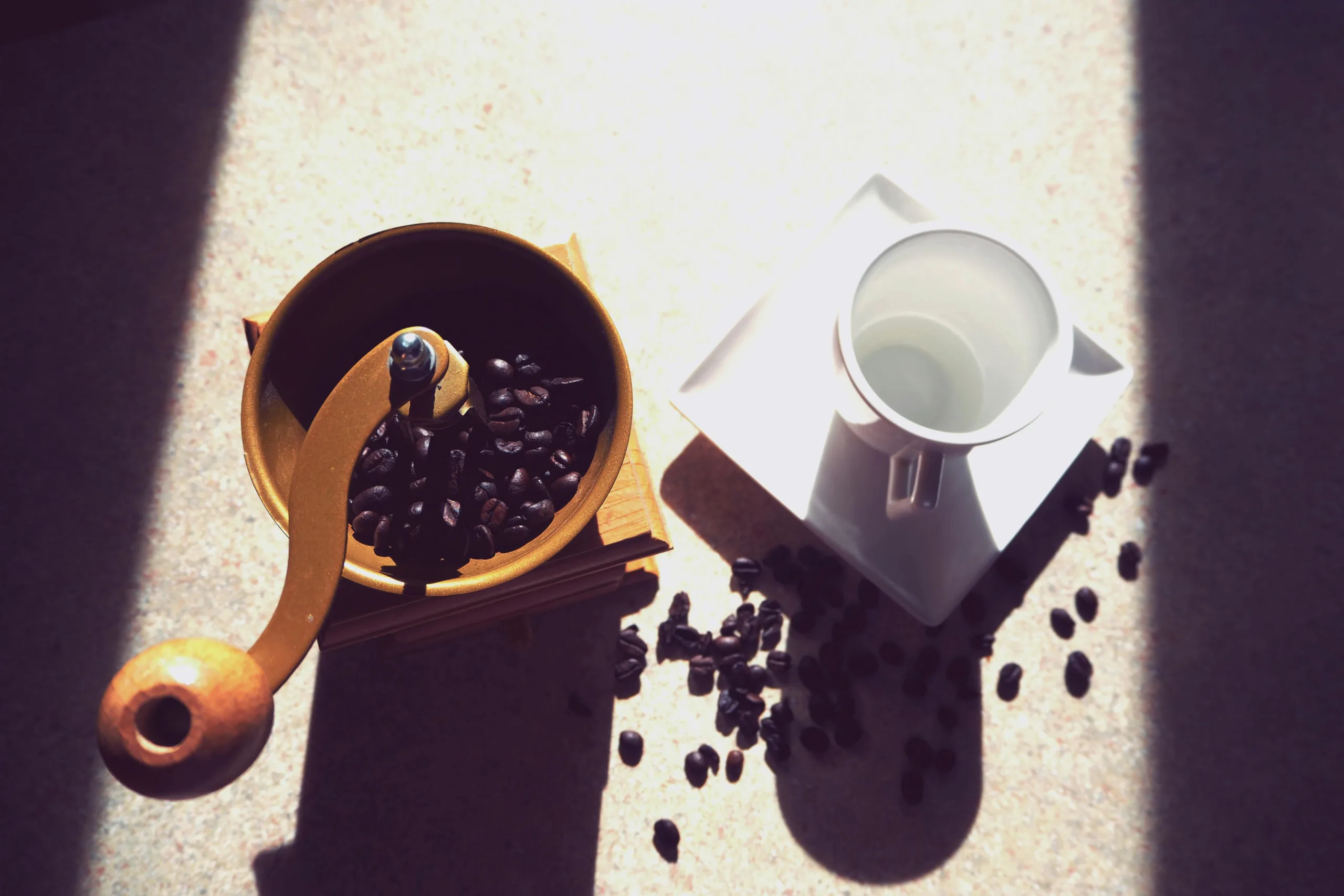
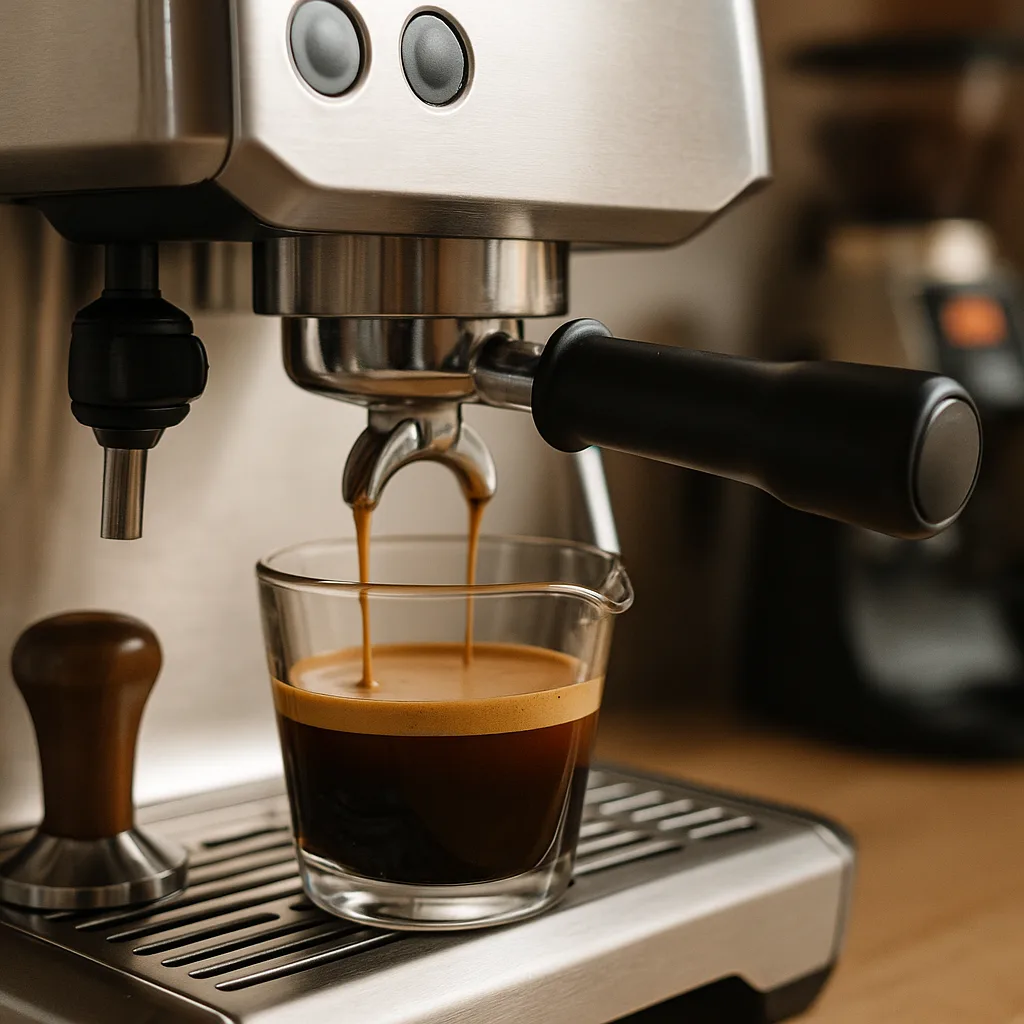
Leave a Reply
You must be logged in to post a comment.